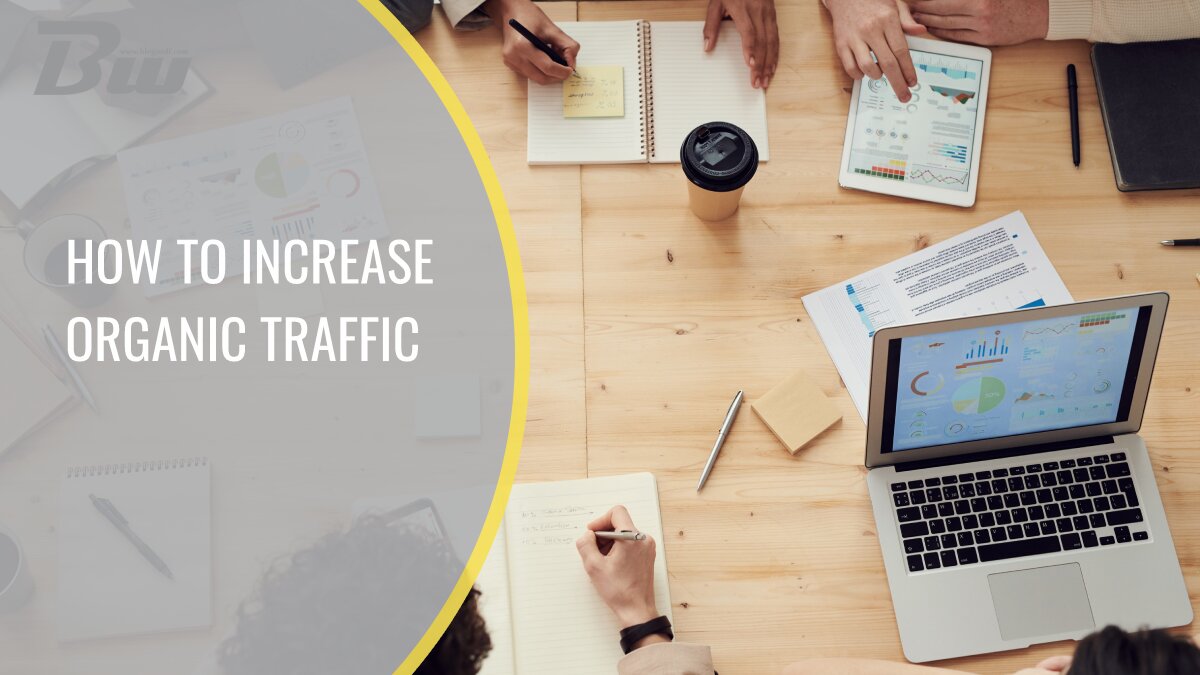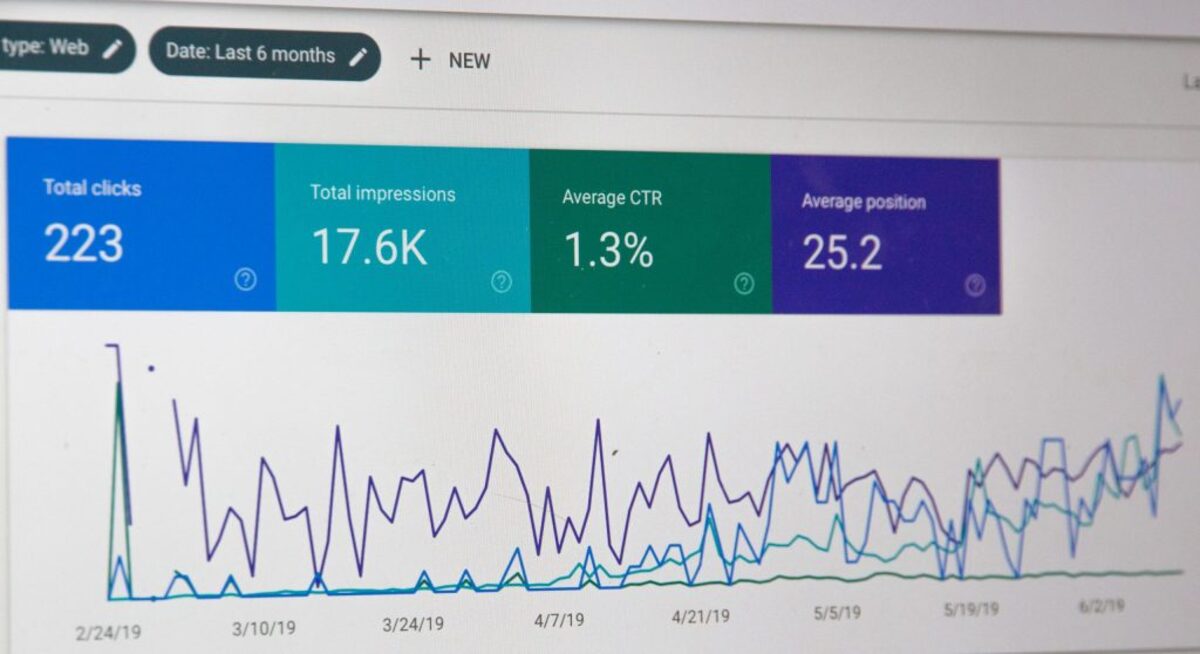Do you want to pay a recurring, possibly fluctuating price for assured traffic to your site, or do you want to make a one-time investment to produce the same amount of traffic, but with no guarantee? Whatever the case may be, there is a distinction to be made between paid and organic traffic. While the final goals are likely to be the same, the methods for reaching them are vastly different.
Organic Traffic vs. Paid Traffic
The visitors that originate from search engine results are referred to as organic traffic. These visitors are referred to as “organic” since the website owner did not pay to appear high in the search engine results; rather, they appeared by chance.
Paid traffic, on the other hand, is the number of people you get by paying for ads. These visitors arrive at your site after clicking on your adverts, which are often seen at the top or bottom of Google’s search results. You could also see these advertisements on Facebook or other social media platforms. With Google, advertisers are encouraged to bid on certain keywords related to their target demographic.
Tips on How to Increase Your Website’s Organic Traffic
Link Reclamation
This strategy alone may generate thousands of new links for major companies with little effort. That said, you don’t have to be a household name to get the benefits. In a nutshell, this strategy entails tracking for instances when someone has referenced you, your company, your product/service, or your content without explicitly connecting to you.
Once you’ve found someone who has done this, just contact them and suggest that they add a website link. If you’re a bit confused about how to do this, you can invest in online marketing services that offer different link-building techniques that could help you in your marketing campaign to gain organic traffic.
Blog Regularly
Blogging is one of the most efficient ways to boost organic traffic to your website. It allows you to go further than your website permits and builds a vast library of useful, persona-optimized material focused on your market area. Poorly written, spammy, or low-cost material, on the other hand, might cause more harm than benefit.
Meta-Descriptions
The three important elements for an optimized web page or blog post are the meta title, URL, and description. It’s straightforward but effective. In reality, although all on-page SEO elements are critical, meta descriptions and meta data allow Google to understand what you’re talking about.
Allow Inbound Links
Google favors sites with a high number of inbound links, particularly from reputable sources. Clients, friends, relatives, partners, providers, industry mavens, and friendly fellow bloggers should all be encouraged to connect to your website. The higher your site ranks, the more inbound links it has since, very simply, the more authority it appears in the eyes of search engines.
Use the Power of Social Media
Create a social media presence on platforms like LinkedIn, Twitter, Instagram, and Facebook, among others. All of these actions contribute to getting your name and website URL out there on the web.
Key Takeaway
It is true that it’s quite hard to increase your organic traffic but it doesn’t mean it isn’t doable. Doing things at the beginning will always seem tough, but you’ll eventually get better at it. If you don’t have time to do it on your own, you can ask for help from professional marketers to do these things for you.



